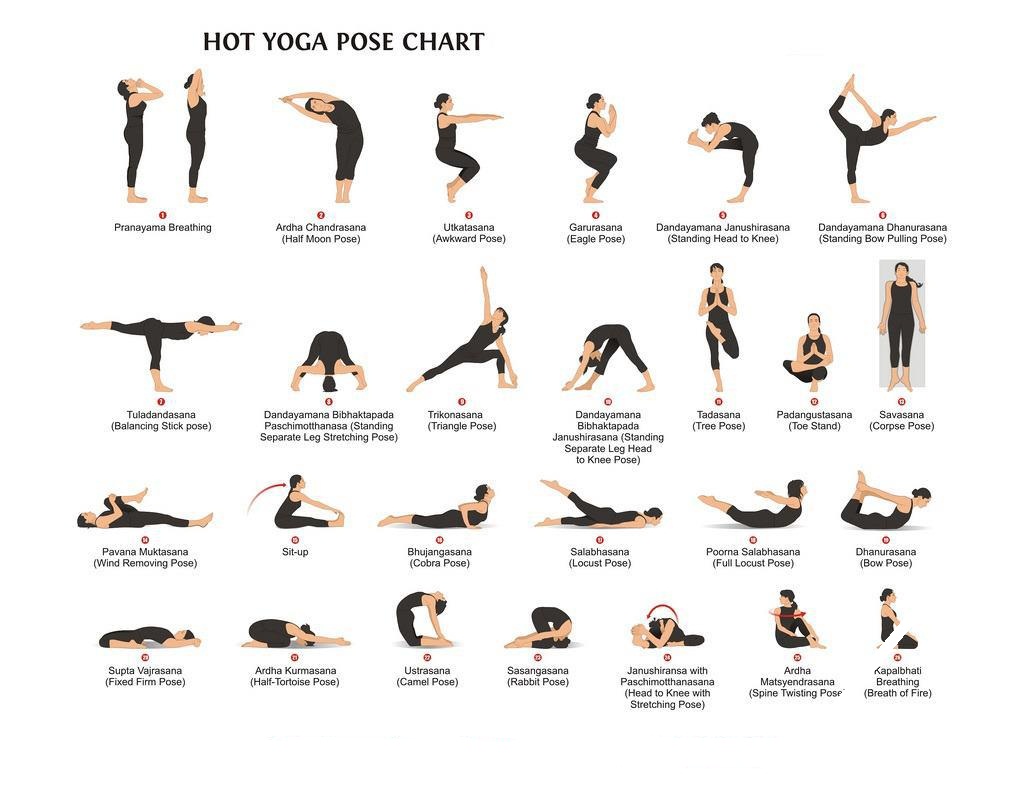Walking Vs. Running: Which Is Better For Mental Health & Weight Management?
Read this before lacing up your sneakers and stepping out the door.


mbg Contributor
Adam Meyer is a health writer, certified holistic nutritionist, and 100 percent plant-based athlete. He graduated from the NutraPhoria School of Holistic Nutrition in 2019 and has since founded Pillars Nutrition. His work has been featured on EatingWell, Eat This Not That!, The Beet, Verywell Fit, The Healthy, Livestrong, Alive, Best Life and others.
Image by Ivan Gener / Stocksy November 24, 2022 Our editors have independently chosen the products listed on this page. If you purchase something mentioned in this article, we may If you’re looking to add cardio to your daily routine, you may be wondering, “Is it better to go walking or running?” Depending on your goals and fitness level, both can be great exercises. We spoke with personal trainers and running experts to answer any questions you may have about which one (or a combination of both) is right for you. Before lacing up your sneakers and stepping out the door, keep reading to get the lowdown on the whole running vs. walking debate.
Advertisement
This ad is displayed using third party content and we do not control its accessibility features.
The importance of running and walking.
Summary
Running and walking are both good ways to practice zone 2 cardio and support your cardiovascular health and endurance.
Advertisement
This ad is displayed using third party content and we do not control its accessibility features.
Benefits of walking.
Going for a walk offers a myriad of health benefits—particularly if you head out into nature for your stroll. Here are a few of the top ones:
1.
It's mentally refreshing.
Advertisement
This ad is displayed using third party content and we do not control its accessibility features.
2.
It supports bone health.
Another unique benefit of walking is that it supports bone health, a critical component of healthy aging. Weight-bearing aerobic activities12, such as walking, running, and hiking, can strengthen bones by increasing bone mineral density. Stronger bones create a more robust skeleton, which reduces the risk of falls, breaks, and fractures as you age.
3.
It's great for active recovery.
Walking is also an excellent form of active recovery since it has a low barrier to entry, meaning most people of any fitness level can do it and reap the health benefits.
“There are so many benefits of walking,” says Bethany Welch, CPT, a certified personal trainer and running coach. “It’s an amazing low-impact workout that’s free and accessible to most people. Walking is perfect for those with injuries who shouldn’t have high-impact stress on their body.”
Advertisement
This ad is displayed using third party content and we do not control its accessibility features.
Benefits of running.
Running is also an effective mind-body workout. Beyond its cardiovascular perks, these are some of the top benefits of running:
1.
It burns calories relatively quickly.
On average, running burns nearly twice as many calories as walking. For example, a healthy person who weighs 160 pounds running 5 miles per hour (MPH) for one hour will burn 606 calories, while brisk walking for the same duration at 3.5 MPH will burn 314 calories.
“Typically, running will burn more calories than walking if done for the same duration,” explains Welch. “However, if you power walk or walk on an incline (or both), you can have the same heart rate response as you would running, and therefore burn around the same amount of calories.”
Advertisement
This ad is displayed using third party content and we do not control its accessibility features.
2.
It bolsters mental health.
Besides helping burn more calories and improving cardiovascular health, running can do wonders for your mental health. A comprehensive review published in the International Journal of Environmental Research and Public Health in 2020 found that running significantly impacts mental health13, especially stress reduction, anxiety, and depression. That’s because exercises such as running enhance blood circulation to the brain14, which boosts mood and helps you better manage stressful situations.
Which one’s better for you?
Like anything else regarding health and fitness, what works best for someone else may not work for you. Walking and running differ in terms of energy expenditure and injury risk. To decide which one is better for you, you'll need to consider your health, fitness level, whether or not you’re injured, your goals, and so on. This quick guide can help:
Running is better if:
Walking is better if:
It’s a toss-up if:
When to stop running.
It’s essential to listen to your body while running, especially if you’re a beginner. Several red flags can signal that it’s time to stop running. These include discomfort in your upper body (this could be a heart attack symptom), lightheadedness and dizziness, nausea, shortness of breath, joint pain or swelling, and pain anywhere in the body (though Olonade notes that some discomfort or soreness is normal while running).
Before taking the leap from walking to running, speak with your healthcare provider who can advise you on getting started safely and without injury.
How to increase the intensity of your walk.
Want to up the intensity and calory burn of your walks, but not quite ready to go on a run? Olonade and Welch offer the following tips for taking your walking routine to the next level.
FAQs
How much walking is equivalent to running?
In terms of energy expenditure (calories burned), the average person burns roughly double the number of calories running than walking. To burn the same amount of calories walking as you would running, you need to walk for twice as long or substantially increase your walking intensity.
What are the disadvantages of walking and running?
The main disadvantage of walking compared to running is that it doesn’t give the same bang for your caloric buck. You must walk significantly longer to burn more calories and increase aerobic capacity. Also, walking doesn’t involve the upper body as much as running does.
On the other hand, running can cause muscle soreness and has a higher injury risk than walking. If you’re a beginner, running too much too soon can lead to overtraining syndrome and fatigue, causing you to burn out and lose motivation to exercise.
Is it better to walk or run on the treadmill?
Neither one is better than the other. Both effectively improve cardiovascular health and fitness, whether on a trail, road, or treadmill. You can easily ramp up the intensity of your walking or running workout by adjusting the speed and incline of the treadmill.
The takeaway.
At the end of the day, walking and running are both excellent forms of cardiovascular exercise with incredible health benefits. Each one has its positives and drawbacks, but will ultimately help you maintain a healthy weight, boost your cardiovascular health, and encourage you to move more—all critical factors for living a longer, healthier life. Whether you’re lacing up walking shoes for the first time or are an experienced athlete, both activities can serve a purpose in your movement routine.

 KickT
KickT 





























.jpg&h=630&w=1200&q=100&v=6e07dc5773&c=1)



